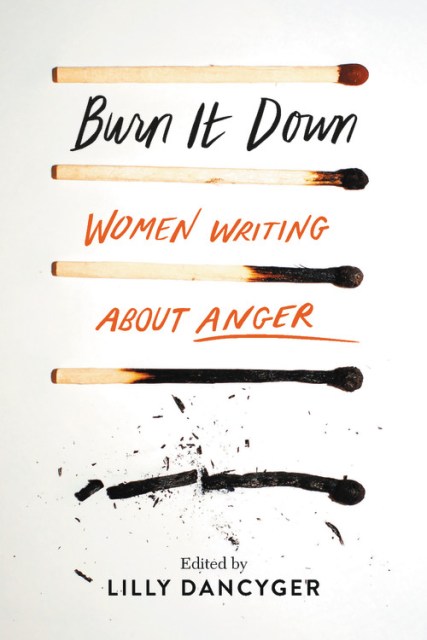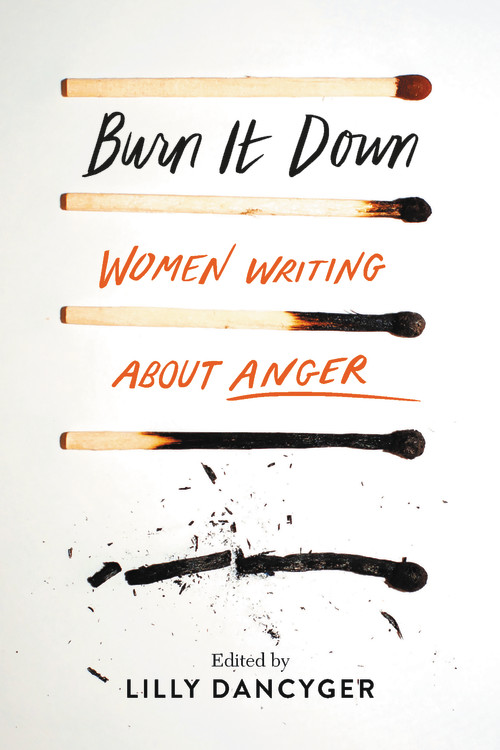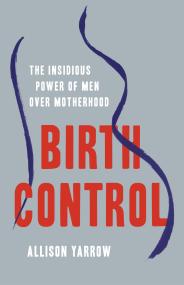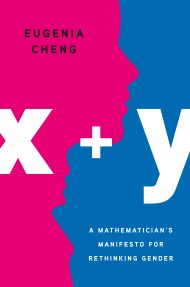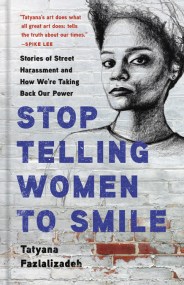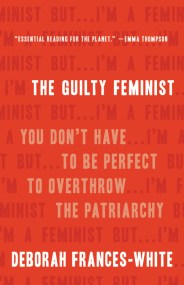Promotion
Use code MOM24 for 20% off site wide + free shipping over $45
Burn It Down
Women Writing about Anger
Contributors
Edited by Lilly Dancyger
Formats and Prices
Price
$29.00Price
$37.00 CADFormat
Format:
- Hardcover $29.00 $37.00 CAD
- ebook $16.99 $21.99 CAD
This item is a preorder. Your payment method will be charged immediately, and the product is expected to ship on or around October 8, 2019. This date is subject to change due to shipping delays beyond our control.
Also available from:
A rich, nuanced exploration of women’s anger from a diverse group of writers
Women are furious, and we’re not keeping it to ourselves any longer. We’re expected to be composed and compliant, but in a world that would strip us of our rights, disparage our contributions, and deny us a seat at the table of authority, we’re no longer willing to quietly seethe behind tight smiles.
We’re ready to burn it all down.
In this ferocious collection of essays, twenty-two writers explore how anger has shaped their lives: author of the New York Times bestseller The Empathy ExamsLeslie Jamison confesses that she used to insist she wasn’t angry — until she learned that she was; Melissa Febos, author of the Lambda Literary Award-winning memoir Abandon Me, writes about how she discovered that anger can be an instrument of power; editor-in-chief of Bitch Media Evette Dionne dismantles the “angry Black woman” stereotype; and more.
Broad-ranging and cathartic, Burn It Down is essential reading for any woman who has scorched with rage — and is ready to claim her right to express it.
Genre:
- On Sale
- Oct 8, 2019
- Page Count
- 272 pages
- Publisher
- Seal Press
- ISBN-13
- 9781580058933
Newsletter Signup
By clicking ‘Sign Up,’ I acknowledge that I have read and agree to Hachette Book Group’s Privacy Policy and Terms of Use
